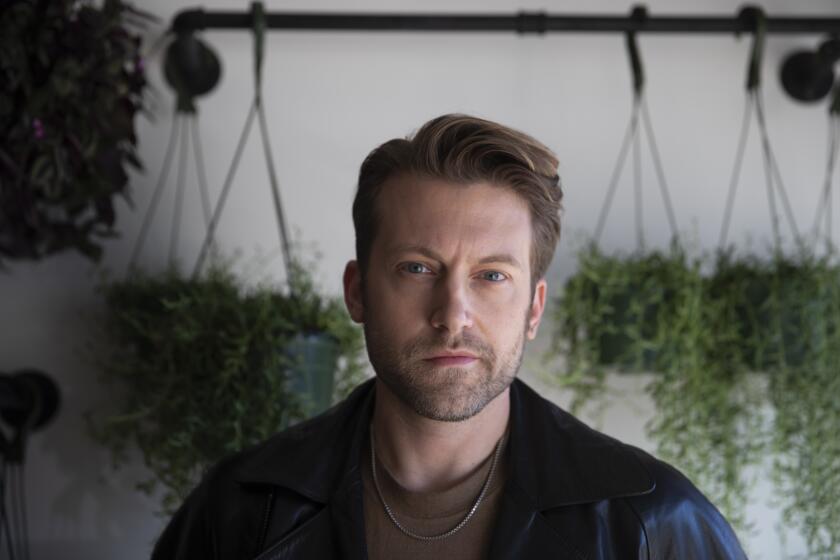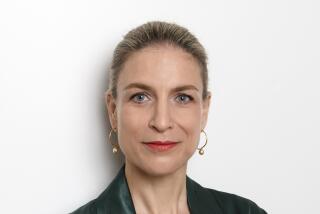California African American Museum names Cameron Shaw as executive director
- Share via
The California African American Museum board of directors unanimously voted Monday to name Cameron Shaw as the institution’s new executive director.
Since September 2019, Shaw has served as CAAM’s deputy director and chief curator, overseeing curatorial affairs, education and public programming and communications and marketing efforts.
Shaw’s appointment follows the retirement of George O. Davis, who was the executive director since 2015.
A native Angeleno, Shaw recalled visiting the museum as a child. “CAAM was the job I found myself called to, and it feels just really right,” she said.
As deputy director and chief curator at the state museum, Shaw secured major support including a $300,000 Art Museum Futures grant from the Mellon Foundation and a $120,000 Getty Pacific Standard Time 2024 research grant for “World Without End: The George Washington Carver Project,” which she is co-curating.
Shaw was previously the executive director and founding editor of Pelican Bomb, a New Orleans-based contemporary art nonprofit that operated from 2011 to 2018, focused on exhibitions, public programs and arts journalism. Since 2008, Shaw has been a freelance writer and editor for publications including the New York Times and the Los Angeles Review of Books. She received her bachelor’s degree in art history from Yale University.
As CAAM’s executive director, Shaw said, she will continue building on her previous work, including invigorating the museum’s publishing program, which features original essays from staff. The search for a new chief curator has not begun yet.
James Darrah has emerged as a key figure in the year of COVID-19, leading digital productions for companies in L.A., Boston and beyond.
A set of four investigative themes will guide the museum, informing upcoming exhibitions, public programs, publishing efforts and partnerships, Shaw said.
The four themes are:
- Black abstraction, which explores how artists have used the art form as a tool for resistance and self-presentation
- Black spirituality and ancestral technologies, examining “the legacy and future of Black spiritual traditions in our country and throughout the African diaspora”
- Liberating the Black archives, finding new and creative ways to make archives accessible
- Environmental justice, exploring “intersections between Black life and green justice efforts” and “advocating for safe and equitable access to green and leisure spaces, mitigating climate change, documenting shifts in agriculture and labor practices and improving public health outcomes”
“I really believe these pillars can allow us to go deep,” Shaw said. “That’s what this moment is asking of us. And these pillars allow us to present art and history in a fuller context.”
Shaw has also been thinking ahead to the museum’s 50th anniversary in 2027 and the Los Angeles 2028 Summer Olympics.
“I’m already looking to these opportunities to share CAAM’s history and connect with wider audiences in new and innovative ways,” she said. “It’s important to me that we think about and devise strategies that allow us to support Black artistic and scholarly practices more holistically and comprehensively, so asking what support can we offer financially, administratively and emotionally to usher revolutionary ideas into the world.”
During the pandemic, Shaw led the museum’s pivot from in-person to virtual programming, broadening its national audience. She said the museum is following state and public health guidance for an in-person return.
“I’ve been so proud of the ways in which our staff has transitioned,” Shaw said. “It’s also opened up opportunities to think about how we extend the work of the museum beyond the museum walls. I think even after COVID, people’s expectations of how they communicate with museums and art centers has changed during this period.”
More to Read
The biggest entertainment stories
Get our big stories about Hollywood, film, television, music, arts, culture and more right in your inbox as soon as they publish.
You may occasionally receive promotional content from the Los Angeles Times.












